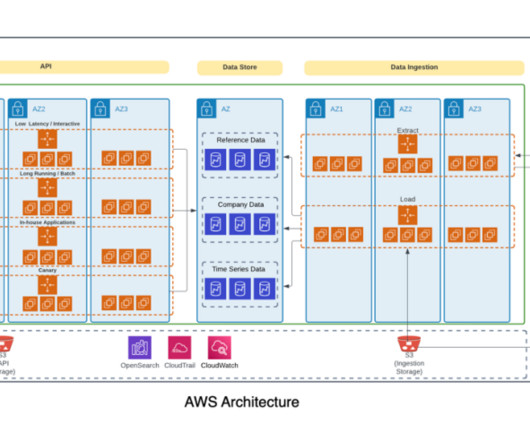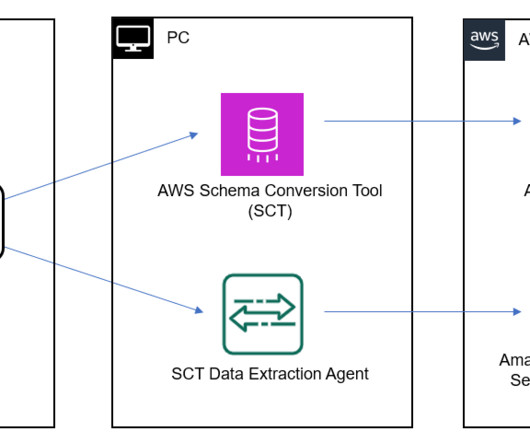Migrate a petabyte-scale data warehouse from Actian Vectorwise to Amazon Redshift
AWS Big Data
MAY 30, 2024
Amazon Redshift is a fast, scalable, and fully managed cloud data warehouse that allows you to process and run your complex SQL analytics workloads on structured and semi-structured data. The system had an integration with legacy backend services that were all hosted on premises. The downside here is over-provisioning.














Let's personalize your content